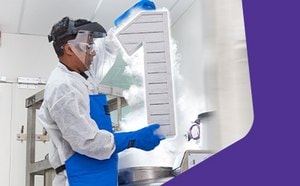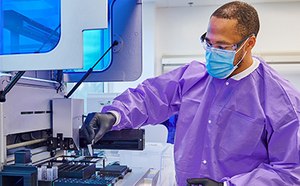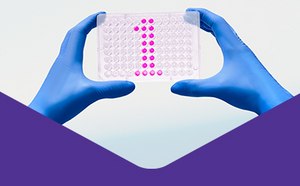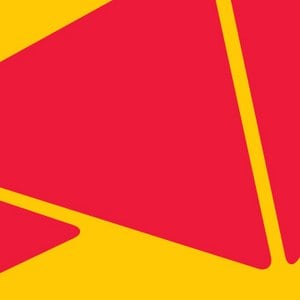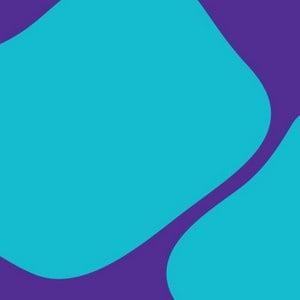No. 1 for Innovation
Delivering risk-mitigating solutions with technical and regulatory expertise
BioReliance® Contract Testing Services
BioReliance® biosafety testing and analytical development services deliver risk-mitigating solutions with technical and regulatory expertise. We have been shaping the biosafety testing industry for more than 75 years.
We help ensure the safety of the world’s biologics with innovations such as, supported and tested the first polio vaccines, tested lunar samples from NASA, and began biosafety testing for the first licensed monoclonal antibody product in 1983.
Our comprehensive product characterization program reveals the true identity of your molecule through every phase of development, ensuring your biotherapy’s safety, purity and potency.
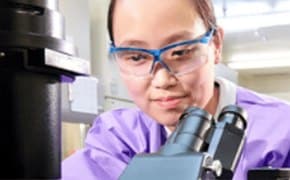
Biologics Testing, Product Characterization
We deliver brilliant biosafety testing experiences through the entire drug lifecycle. Our comprehensive product characterization program reveals the true identity of your molecule through every phase of development, ensuring your biotherapy’s safety, purity and potency.
Explore our pharma and biopharma testing services in more depth:
Biopharma Testing Services
- Analytical Development
- Cell Line Characterization
- Virus Bank Characterization
- Raw Material Testing
- Next-Generation Sequencing
- Bulk Lot Release Testing
- Final Product Release Testing
- Viral Clearance Studies
- Biorepository Services
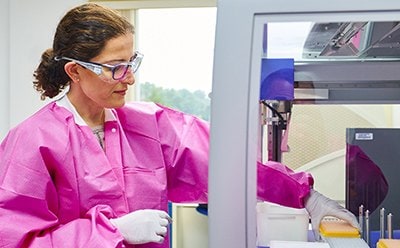
Accelerating Development with the Award-winning Blazar® Platform
In today’s environment speeding biologics to market is more important than ever. The Blazar® platform not only helps accelerate CLC but allows clients to meet corporate objectives to reduce in vivo testing. Innovative molecular methods enable mAbs manufacturers to deliver critical therapeutic agents to patients faster. The Blazar® CHO AOF virus panel is a powerful tool to accelerate bulk harvest testing with the potential to replace slower culture-based in vitro virus detection methods.
The platform is a novel degenerate PCR assay for the detection of a broad range of adventitious agents. With the advantages of sensitivity, accuracy, and faster results, combined with the ability to detect a very broad range of viruses, this platform is well suited to cell line characterization and bulk-harvest lot release testing.
We are committed to accelerating testing and helping the industry reduce the use of animal models. We have developed a rodent virus panel for the Blazar® platform. This rodent virus panel provides a suitable alternative to the current in vivo MAP/HAP/RAP test that eliminates the need for animals.
Helping to navigate the regulatory landscape: ICH Q5A(r2)
The recent revision of ICH Q5A encourages the use of new technologies and viral clearance strategies to ensure viral safety of biologics. Viral safety assurance of gene therapies, virus-like particles, and viral vector products is now required.
A comprehensive risk mitigation strategy using multiple orthogonal measures is a regulatory requirement. ICH Q5A, the globally-harmonized guideline outlines the expectations. It has recently been revised to address scientific advancements including novel therapeutic modalities, new manufacturing paradigms, updates in viral clearance applications, and advanced detection technologies.
Regulations are changing to be more accepting / even encouraging the adoption of new technologies.
Biologics such as monoclonal antibodies and gene therapies are a significant portion of the therapeutics market. ICH Q5A outlines regulatory expectations for viral risk mitigation in biologics manufacturing. The revision encourages the use of Next Generation Sequencing (NGS) and PCR-based technologies.

Speed. Sustainability. Safety. Pioneering NGS applications.
Revolutionizing the development and analysis of biologic therapeutics, NGS allows you to meet the challenge of rapidly characterizing your products, while identifying known and unknown agents with pinpoint precision and accuracy.
Our suite of NGS services is based on complementary technology platforms that rapidly generate deep sequencing datasets for comprehensive data analysis, backed by biosafety experts who deliver intelligent results tailored to your unique testing needs.
As a leading service provider, we have pioneered the use of NGS to expand our portfolio of GMP testing services, including the use of NGS to detect and identify adventitious agent sequence signatures that may be present in a test sample. This application of NGS affords the biopharmaceutical industry with a valuable tool to mitigate the risk of viral contamination in a variety of samples from production starting materials to bulk harvests and final product.
The ability of NGS-based methods for agnostic broad range detection makes it a suitable option to augment or replace current virus testing methodology.
Regulatory authorities are receptive to the use of novel technologies as alternatives to established virus detection methods, as long as the alternative testing strategies are properly validated, shown to be fit for purpose for the sample being tested, and are comparable or better than existing assays.
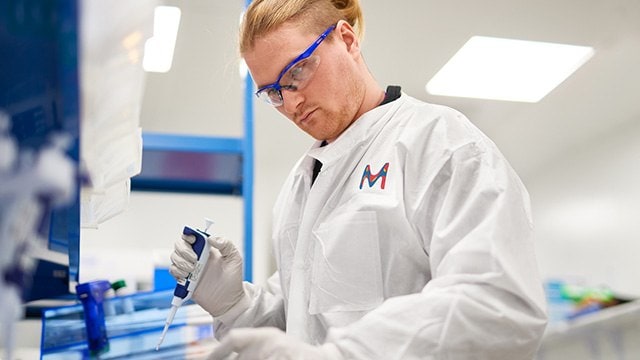
Streamlining Genetic Stability Testing with the NGS-based Aptegra™ Platform
The genetic stability testing package for biopharmaceutical cell banks has remained relatively unchanged for decades. This traditional approach to genetic stability testing relies on a complex set of assays to meet ICH Q5B requirements, many of which have limitations in discovery power and sensitivity and require long timelines for completion.
The Aptegra™ CHO genetic stability assay delivers the first streamlined, single-test replacement of traditional methods, returning results in a third of the time. This assay taps into the combined power of whole genome sequencing (WGS) and expert bioinformatics to deliver a faster, all-in-one solution for a comprehensive testing package, including:
- Gene of interest (GOI) sequence analysis
- Copy number determination
- Sequence analysis of flanking regions
- Integration site determination
- Analysis of insertions or deletions
The Aptegra™ CHO genetic stability assay operates under a GMP-validated workflow to return expert-reviewed results in 30 days using less of your precious cell bank.
Related Resources
ICH Q5A White Paper: Regulatory Considerations for Implementation of Alternative Microbial
ICH Q5A Webinar: How to Leverage the ICH Q5A Guidance to Implement the Next Generation of QC Testing
Blazar® CHO AOF Platform Webinar: A Rapid Innovative Approach to Release Testing with Blazar® CHO ADF Virus Panel
The Sharpest Perspective in Life Science
Expert Pharma / BioPharma Products & CTDMO Services
Lab & Production Materials
Pharma & Biopharma Raw Material Solutions
Analytical Products
Lab Water Solutions
To continue reading please sign in or create an account.
Don't Have An Account?